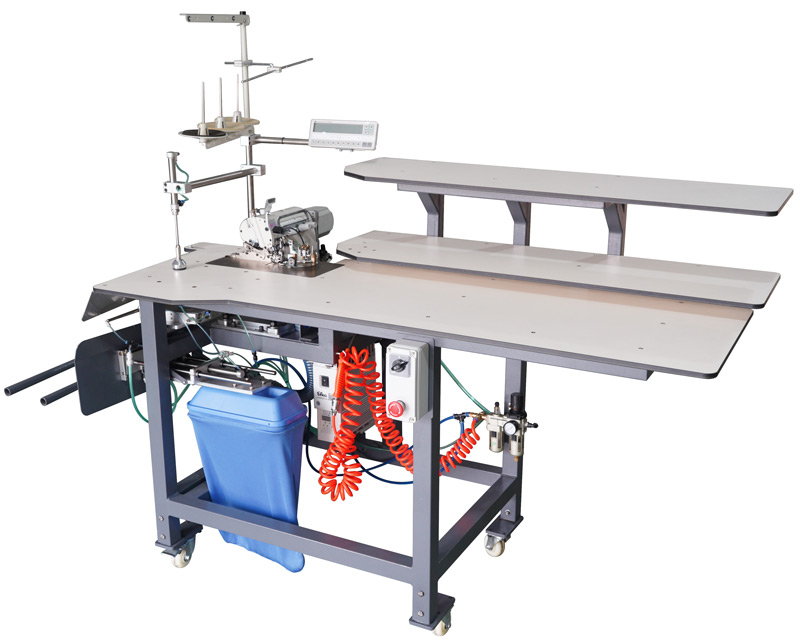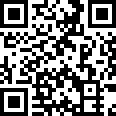
Privacy statement: Your privacy is very important to Us. Our company promises not to disclose your personal information to any external company with out your explicit permission.
![]() April 29, 2022
April 29, 2022
An overlocker is a sewing machine that uses a loop of thread to sew the fabric together. Sergers are similar, but also have a series of thread loops that move up and down the fabric, cutting it as it moves. Overlockers are faster and can be used for more delicate fabrics, while sergers are better for tougher fabrics.

When most people think of a sewing machine, the image of a standard sewing machine comes to mind. However, there is another type of sewing machine called a serger machine. Serger machines have many more features than standard sewing machines and are therefore more versatile. In this article, we will compare and contrast the two types of machines.

Sergers are sewing machines that are often mistaken for overlockers. While they both have the ability to sew seams and finishes, sergers also have the ability to trim the fabric as it's sewn. This is why sergers are often used in professional settings - their finishing abilities are unmatched. However, sergers can be intimidating for beginners, as they can be a little more complicated to use than overlockers. If you're just starting out in sewing, I would recommend starting with an overlocker machine instead of a serger.
A sewing machine is a device used to stitch fabric together. It can be used to create a seam, or to attach two pieces of fabric together. There are many different types of sewing machines, from simple machines that only do straight stitching, to more complex machines that can do a variety of stitches, and even embroider. Sewing machines are powered by either electricity or pedal power.
An overlocker is a sewing machine used to create overlock stitches. The overlocking stitch is a type of seam that overlaps the fabric edges and sews them together, preventing raveling. Overlockers are often used in garment manufacturing, where they are used to finish the seams of clothing.
When it comes to choosing a sewing machine, there are two main types: the standard sewing machine and the overlocking stitch machine. The standard sewing machine is perfect for basic projects like hemming pants or making a simple quilt, while the overlocking stitch machine can do more complicated projects like creating ruffles or attaching lace.
The difference between the two machines is that the standard sewing machine has one needle that goes in and out of the fabric, while the overlocking stitch machine has three or four needles that go into the fabric and create a zigzag pattern. This makes the overlocking stitch machine stronger and more durable, so it's perfect for projects that will be used heavily or washed often.
Sergers are a type of heavy-duty sewing machine. They are used to create a finished edge on fabric, by sewing over the raw edges of the fabric. Sergers can be used to sew fabrics together, as well as to create hems, straps, and other decorative finishes. There are two main types of sergers: 3-thread and 4-thread. The 3-thread serger has three needles, which sew over the raw edges of the fabric. The 4-thread serger has four needles, which allows for more complex stitching patterns. A serger works by using multiple threads to stitch over the raw edges of the fabric. The threads are fed through a set of small blades, which cut the fabric as they stitch. This creates a finished edge on the fabric, which is less likely to fray or unravel.
When it comes to sewing machines, there are two main types: the sewing machine and the serger. Though they may look similar, there are several key differences between the two types of machines.
The first difference is in design. Sewing machines have a single needle that stitches fabric together, while sergers have multiple needles that can stitch fabric and trim the edge of the fabric at the same time. This makes serging much faster than sewing, and it results in a more professional-looking finished product.
Another difference is in the type of stitches each machine can create. Sewing machines can create straight or zigzag stitches, while sergers can create a variety of overlock stitches, which are more durable and less likely to fray than standard straight or zigzag stitches.
Finally, there are differences in the way each machine operates.
An overlocker sewing machine is a great addition to any sewer’s tool arsenal. It sews a seam that is both strong and attractive, and it does so quickly. The downside is that an overlocker can be a bit intimidating for a beginner sewer.
One of the pros of using an overlocker sewing machine is that the seams are strong and durable. They are perfect for projects that will be subjected to a lot of wear and tear, such as curtains or upholstery.
Another pro of using an overlocker sewing machine is that it sews very quickly. This can be a real-time-saver when you are working on a large project.
The downside of using an overlocker sewing machine is that it can be intimidating for beginners.
When it comes to serger sewing machines, you have the pros and the cons. On one hand, sergers are incredibly fast and can create some truly amazing results. They’re also great for finishing seams and hems, which is why many professional sewers consider them a must-have tool. However, they can be quite expensive, and they require a bit of practice to get the hang of them.
If you're a sewer who wants to be able to do more than just hem and sew, an overlocker is the machine for you! Overlockers are similar to sergers in that they use a threading and cutting system, but they create a neater finish than a serger. They're perfect for creating bias binding, hems, and other types of seam finishes.
When it comes to sewing machines, there are two main types: sergers and overlockers. Both of these machines create a special stitch that finishes the seam allowances on clothing, preventing them from fraying. So, how do you know which one is right for you? Here are some things to consider:
The serger is more versatile than the overlocker. It can be used to sew both straight and curved seams, as well as to knit fabric. The overlocker is limited to creating straight seams and does not have a built-in knit stitch.
The serger is faster than the overlocker. It can sew up to 1,500 stitches per minute, while the overlocker only sews 400 stitches per minute.
The serger has a wider range of needle sizes than the overlocker.
1. How do I serge without a serger?
There are a few ways to sew a serged seam without a serger. One way is to use a zigzag stitch on your sewing machine. Another way is to use a French seam.
Although it is called a “serger,” you don’t actually need a serger to achieve the look of rolled hems. A standard sewing machine can be used to create the look of a serged edge by using either a three- or four-thread overlock stitch. The key is to use the correct needle and thread combination for your fabric type. A ballpoint needle is best for knits, while a denim needle is ideal for woven fabrics.
2. What are the benefits of using a serger?
Sergers offer a variety of benefits, including: • Seam strength - Serged seams are much stronger than seams sewn with a regular sewing machine. • Versatility - Sergers can be used to sew a variety of fabrics, from lightweight fabrics to heavy-weight fabrics. • Speed - Sergers can sew much faster than a regular sewing machine. • Ease of use - Sergers are very easy to use, even for beginners.
3. What projects can I serge?
There are a number of projects you can serge, including: -A simple project, like a tote bag or a pillowcase -A more complex project, like a quilt or a skirt -A reversible project, like a scarf or a blanket -A project with lots of layers, like a stuffed animal
In conclusion, while a sewing machine overlocker and serger both have the ability to make quick, professional-looking seams, there are some key differences. If you're new to sewing, a sewing machine overlocker is likely the best option for you, as it is less complex and easier to use. However, if you're looking for more versatility and want to be able to create more intricate stitches, a serger is the better choice.
The above is the Sewing Machine Overlocker vs Serger we have listed for you. You can submit the following form to obtain more industry information we provide for you.
You can visit our website or contact us, and we will provide the latest consultation and solutions
Send Inquiry
Most Popular
lastest New
Send Inquiry
Send Inquiry

Mr. Alston Chen
Tel:86-769-18902616250
Fax:86-769-88285668
Mobile Phone:+8618902616250
Email:sales02@chuanghuisew.com
Address:26-28 Zhenglu south, chuancha village, Machong Town, Dongguan City, Guangdong Province., Dongguan, Guangdong
Related Products List
Mobile Site


Privacy statement: Your privacy is very important to Us. Our company promises not to disclose your personal information to any external company with out your explicit permission.

Fill in more information so that we can get in touch with you faster
Privacy statement: Your privacy is very important to Us. Our company promises not to disclose your personal information to any external company with out your explicit permission.